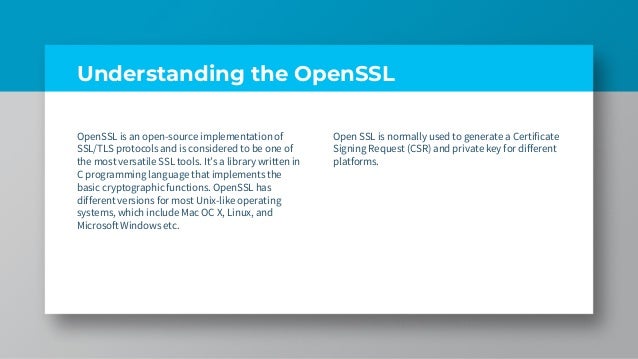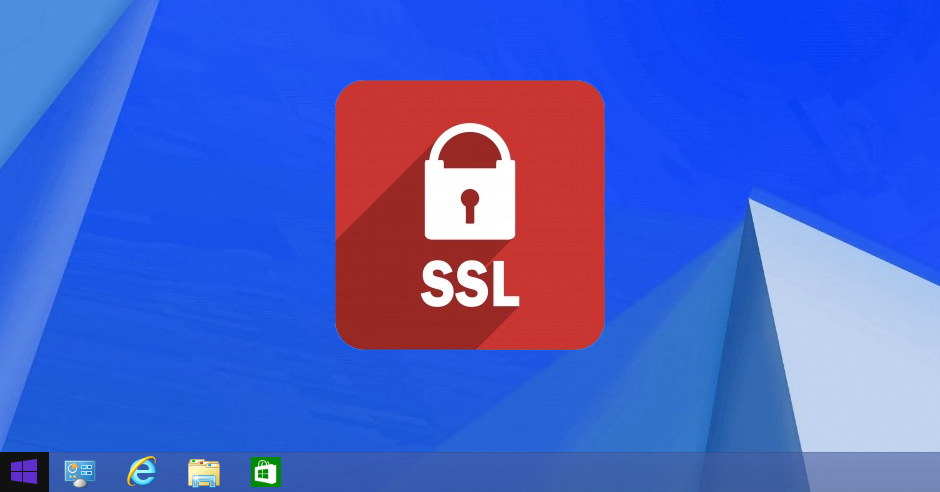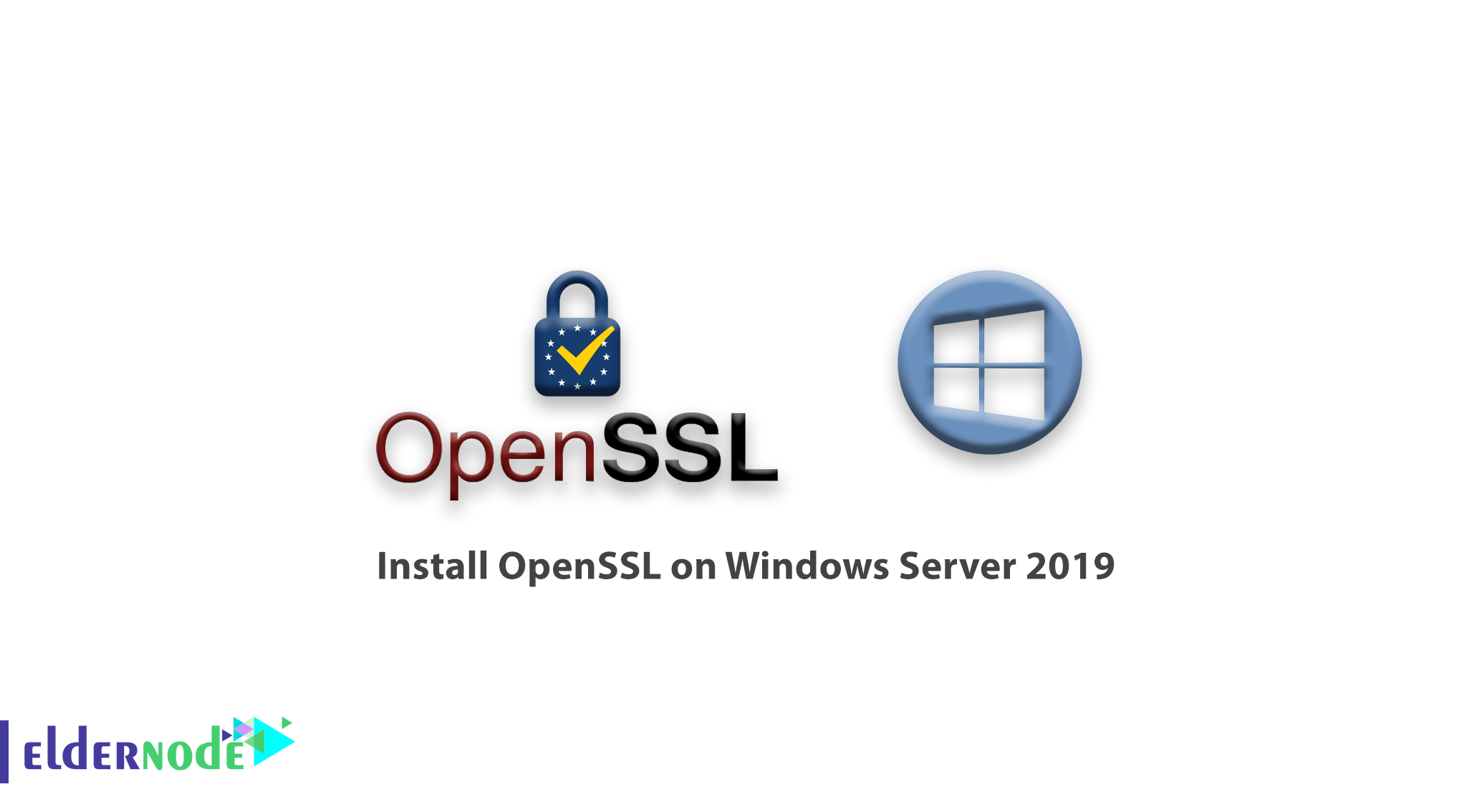

If you want to verify which version of OpenSSL you have installed, you can do that easily by typing the command below in your terminal. Most versions of Ubuntu come with OpenSSL installed, it is usually not the latest version but just as mentioned above it you can use it for this tutorial. While we will be focusing on Mac OS X and Ubuntu in this article, these commands will work anywhere that OpenSSL is installed, including older versions of OS X, CentOS, and all other Linux variants. Since OpenSSL allows us to specify the encryption algorithm to use, we’ll use the des3 encryption algorithm, which in simple terms means a complex encryption algorithm is applied three times to each data block, making it difficult to crack through brute force methods or other computer hacking methods. Just as mentioned in the title, in this tutorial we will be using OpenSSL in a slightly unusual way, we will be using it to encrypt and decrypt a file on our computer. You do not need to upgrade to follow this tutorial. An older version will work with the tutorial as well.

To get the latest, you must download it yourself and install. The default toolkit of OpenSSL that comes with Ubuntu isn’t the latest. Most network communication apps, personal computers, web servers, cell phone and tools that use TLS/SSL protocols have a version of OpenSSL installed on them.


The source code of the project lives on GitHub and is managed by a worldwide community of software engineering volunteers with over 300 contributors. OpenSSL is an open source library that provides a full-featured toolkit and APIs for secure computer network communication over Transport Layer Security (TLS) and Secure Sockets Layer (SSL) protocols on Linux and other Unix-like systems


 0 kommentar(er)
0 kommentar(er)
